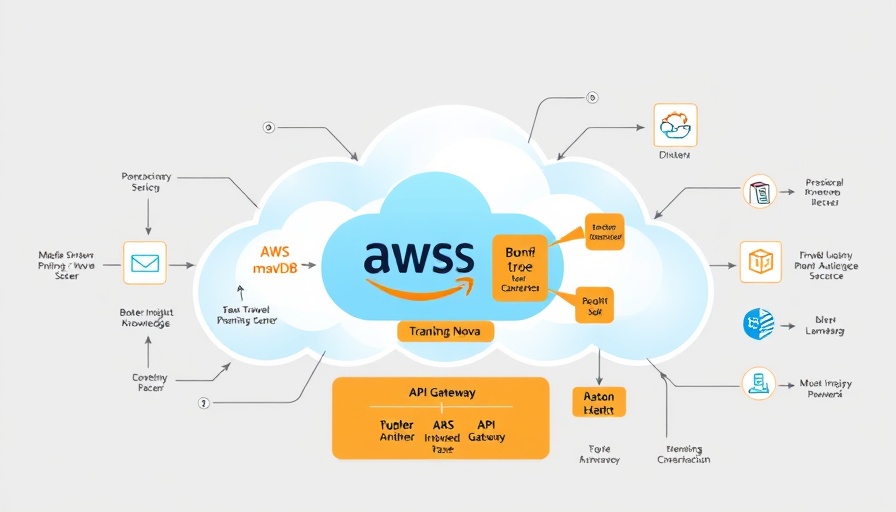
The Gender Pay Gap: Understanding the Underlying Causes
The gender pay gap remains a critical issue affecting women in the workforce, with recent research indicating that nearly 80% of the US gender pay gap is attributed to differences in work experience patterns between men and women. As men and women navigate their careers, diverging pathways lead to significant disparities in earnings. The average female worker loses approximately half a million dollars over her career due to these differences, highlighting a pressing need for businesses and policymakers to address systemic factors perpetuating this inequality.
Work-Experience Pay Gap: A Deeper Dive
The concept of a "work-experience pay gap" is central to understanding the gender pay gap. This gap is largely a result of women having flatter career trajectories, which are influenced by various factors including fewer years of occupation and a tendency towards part-time roles. Research shows that women typically accumulate 8.6 years of experience for every 10 years men accumulate, largely due to interruptions in their careers for family responsibilities or opting for less demanding positions that offer greater flexibility. When these patterns persist, they contribute directly to lower earning potential over time.
Decisions Women Make: Occupation Choices Impact Earnings
One significant contributor to the gender pay gap is the type of occupations women choose, often shifting towards lower-paying fields that provide more flexibility but fewer monetary rewards. While both men and women traverse similar skill distances and role changes, women are more frequently found taking roles in industries projected to stagnate, as opposed to men who tend to transition into growth industries. This occupational sorting contributes to sustained wage discrepancies—for example, 2030 projections show a widening gap, with men predicted to dominate growing job sectors at the expense of women.
Societal Norms and Their Lasting Effects on Career Paths
Cultural expectations play a crucial role in shaping occupational choices, affecting women's confidence and career aspirations from a young age. Societal pressures often orient young women away from high-earning fields like science, technology, engineering, and mathematics (STEM). Research highlights that women are less likely to choose these fields due to pervasive stereotypes and a work culture that can be unwelcoming. This deterrent cultivates a cycle wherein women's educational achievements do not translate into equivalent occupational representation in lucrative sectors.
Actionable Insights for Industry Leaders
It's imperative for executives and managers to actively cultivate environments that promote equality and equity in professional development. Companies classified as “People + Performance Winners” have shown that facilitating internal movement into growing sectors not only enhances financial performance but also mitigates the gender pay gap. By focusing on proactive coaching and fostering a culture of empowerment, organizations can better support all employees in reaching their career potential, ultimately influencing the trajectory of future earnings.
Future Predictions: Breaking the Cycle
To challenge the entrenched gender pay gap, companies must begin to shift focus from merely measuring pay to understanding and reshaping employee experiences across their career arcs. Given the stark projection that women will continue to lag behind men in growth occupations by 2030, immediate interventions are essential. Organizations must develop clear pathways that prioritize the development of women's human capital, address workplace biases, and advocate for equitable pay practices.
The insights presented above reveal that understanding the dynamics at play influencing the gender pay gap requires action from both individuals and organizations. Addressing the barriers women face in professional settings not only improves workplace culture but also enhances overall economic productivity and growth. As we look to the future, it is critical that leaders and decision-makers prioritize gender equity, ensuring that women can achieve their full potential in the workforce.
 Add Row
Add Row  Add
Add 


Write A Comment